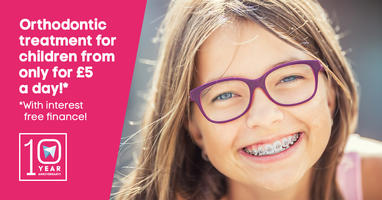We all know that smoking is bad for us, and that smoking is particularly bad for teeth and soft tissues inside the mouth, not just because it can cause oropharyngeal cancer. We have all heard about how teeth can become discolored, the mouth can dry out, gums can shrivel form smoke, bad breath, bleeding gingiva, and a heightened likelihood of developing dental caries, so it should not be surprising that smoking is highly discouraged while wearing any sort of orthodontry.
The Oral Environment While In Braces
Orthodontics works by keeping the gums and soft tissues in a state of perpetual inflammation, thus softening them up making guiding the teeth through the alveolus and the jawbone an easier task. Smoking is particularly bad at this time as the smoke can damage already sensitive gums and soft tissues. Thus instances of bleeding and recession may be even more severe.

Staining Teeth
Tobacco stains teeth. The parts of the teeth that are exposed are more likely to stain, as cleaning your teeth is more difficult while you have braces on. Remember that the smoke can get absolutely everywhere, even place where an orthodontic or even an interdental toothbrush cannot, thus it can stain your teeth in places impossible to reach. When braces come off staining will be particularly visible, as the parts of the teeth previously covered by braces will be white, the rest will be stained, and the pattern will draw attention to itself.
Realities Of Addiction
Dental professionals often warn of the difficulties of smoking while in orthodontics only once. But unfortunately silence can’t prevent problems. For many, smoking is an addiction, and the aesthetic and health considerations might not seem enough to go cold turkey. Does this mean smokers shouldn’t have orthodontic treatment? Of course not. But smokers considering braces or aligners should seriously consider smoking alternatives, at least for the duration of treatment.
Nicotine gum is not an option, but other forms of nicotine do exist. As different nicotine replacements have different side effects, it’s best to have a conversation with your dentist, or doctor, before settling on a course that’s right for your overall health. Whatever you may decide to do, be extra diligent with your cleaning routine to keep that newly straight smile bright.
images: 1.

